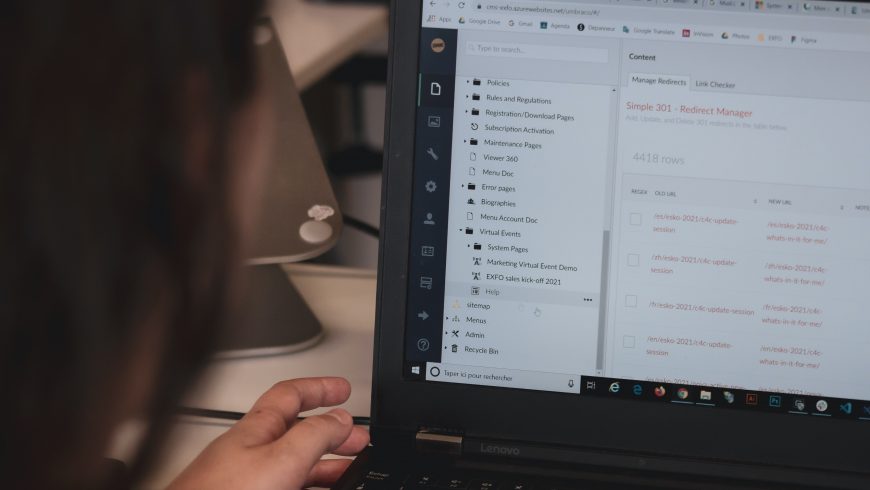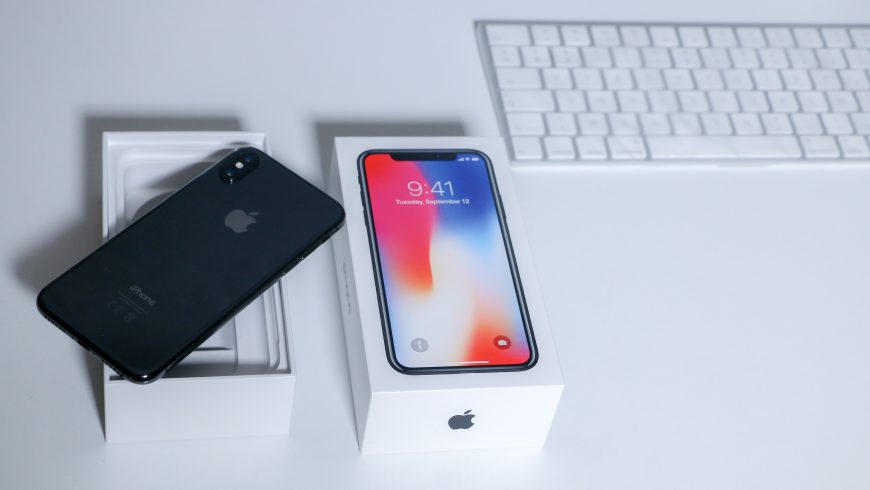Billions of emails sent, google searches, or streamed videos all around the world demand electricity and have a large digital carbon footprint too. What you can do to reduce the impact of your energy-hungry online life on the planet?
During the Covid-19 pandemic, millions of workers were forced to work remotely. People appreciated this method because it appears to be more sustainable: people who work from home don’t in fact use the car or other vehicles, and in this way, they reduce CO2 emissions. When offices are not working, the saved amount of electricity and other resources is significant. However, remote working also produces an impact on the Planet. We don’t have to forget, in fact, the ecological footprint and the pollution caused by digital products. Sending e-mails, doing video calls, keeping photos and other online documents on digital archives has an environmental impact. For example, a 1-megabyte e-mail emits 20 grams of CO2. This impact becomes extremely high if we consider the myriad of e-mails that people send and receive every day.
Therefore, find out 7 tips to reduce the environmental impact of digital products in your job and in your daily life!
1. Reduce File Size

When you send an e-mail try to reduce its size as much as possible. E-mails with several attachments have in fact a higher environmental footprint. For this reason, you should write short and to-the-point messages and attach only what is really necessary. In this regard, there are several websites that allow reducing the size of photos, pdf documents, and many other things. They are completely free and really useful, also to help the environment.
2. Delete the old accounts that you do not use anymore

Unused accounts also consume electricity. Servers in fact need energy to activate and switch off and water to cool down. For this reason, you should deactivate all the accounts on social media and digital archives that you do not use anymore.
3. Only Subscribe to the Newsletters that really Interest you

How many times happened that you subscribed to a newsletter that seemed interested, and then ended up unread? E-mails that don’t interest you, besides being annoying, are also polluting. “Cleanfox” is a free tool that allows you to unsubscribe to the newsletters that don’t interest you and to delete the e-mails that you have already received.
4. Delete Useless Files and Unused Apps

Files kept in the digital archives take up space in the server, and then use precious energy. Also, unused apps should be uninstalled. This is because they remain active even when they are closed, since they are upgraded. Upgrades lead to a big transfer of data between servers, and, as a consequence, to high consumption of energy.
5. Listen to Music and Watch Movies Offline

Downloading music and videos is very helpful in order to reduce energy consumption because files are downloaded one-off, and data are not continually used while watching a movie or listening to a song. There are several apps, for example, Netflix, iTunes, and Spotify, that allow to download movies and songs and to enjoy them unlimitedly, also without internet usage.
6. Substitute Electronic Devices only when it is Really Necessary

The production of new models of smartphones, tablets, and computers is so fast that nowadays a new device can become obsolete even in few months. The production of electronic devices is nevertheless problematic, because, in addition to the huge amount of energy, resources, and water, also precious metals are used. They can, unfortunately, be found almost exclusively in developing countries. Substituting your devices only when is necessary should be desirable. You could also try to repair them if they are broken. Following new trends at all costs is neither sustainable nor ethical.
7. Choose Reconditioned Devices

The disposal of electronic wastes also is problematic, especially if we consider that these types of wastes are increasing. A solution to this problem is the purchase of reconditioned devices: we are talking about used smartphones, tablets and computers, still in excellent condition, which were firstly reset and repaired, and then re-put on the market, in order to give them a new life. Circular electronics, besides being eco-friendly, is also perfect to save money, since reconditioned devices are sold at advantageous prices.
The environmental impact of digital products is, in short, a very pressing and actual problem, which people unfortunately do not know enough. We use electronic devices for several hours every day, so, being conscious of this issue and committing ourselves, in our small way, to combat it is fundamental.




